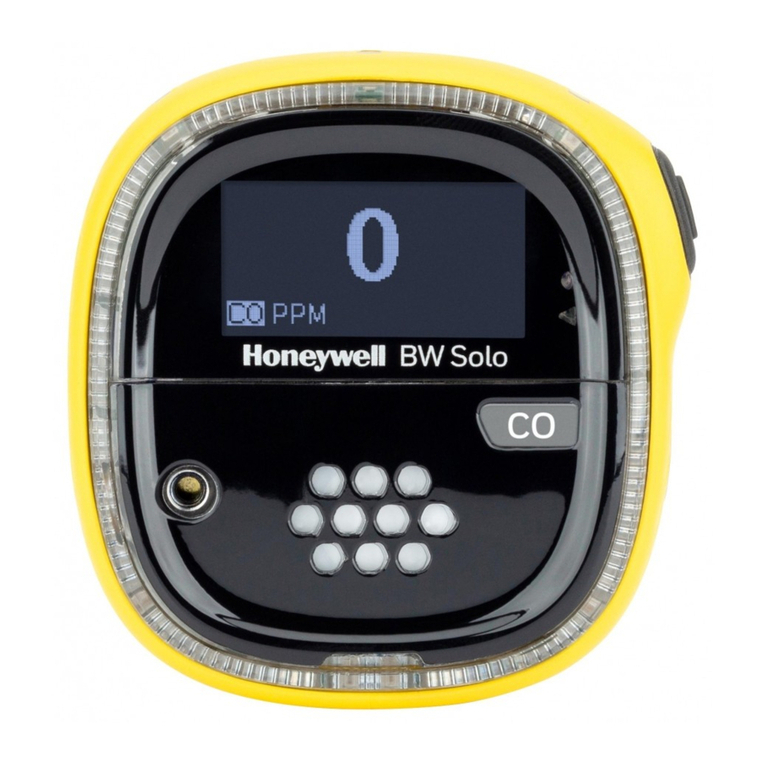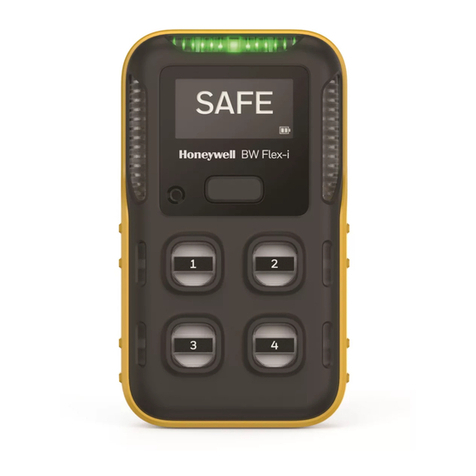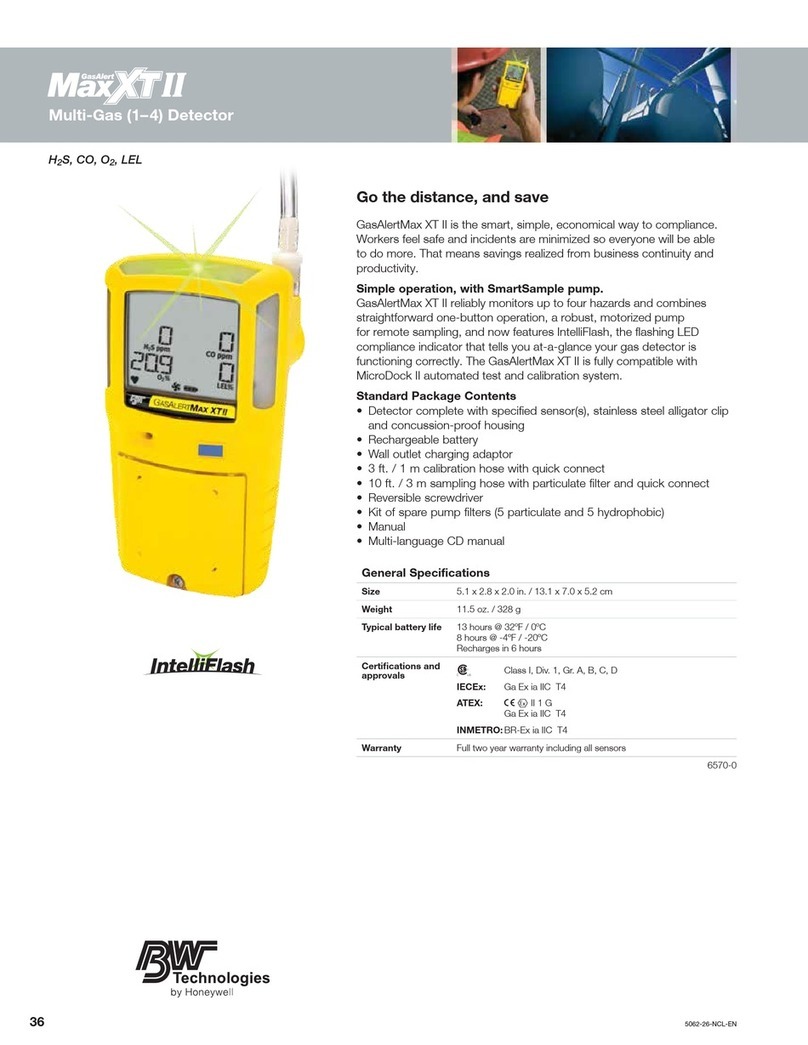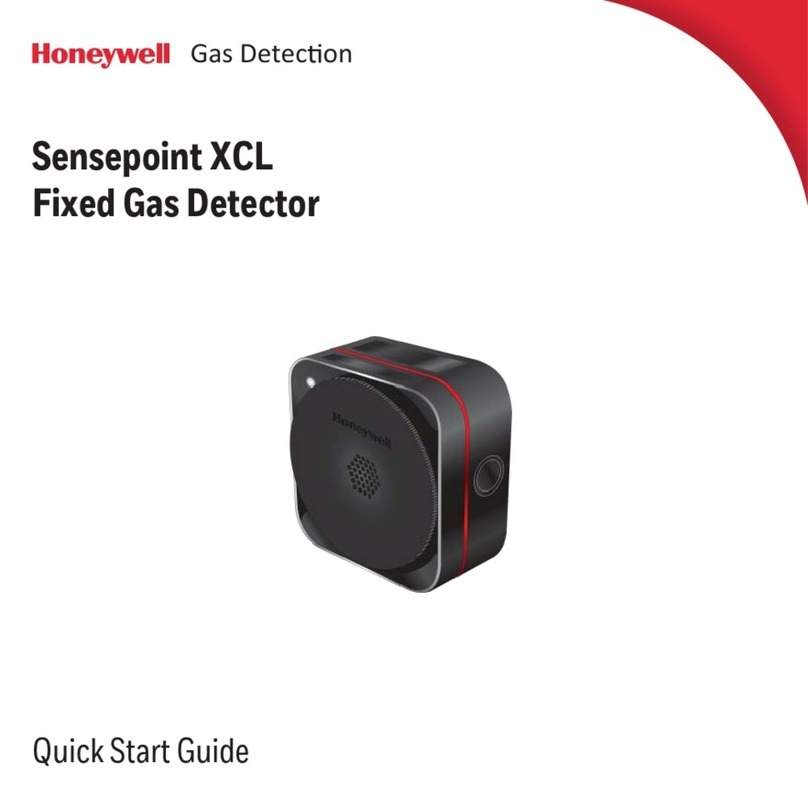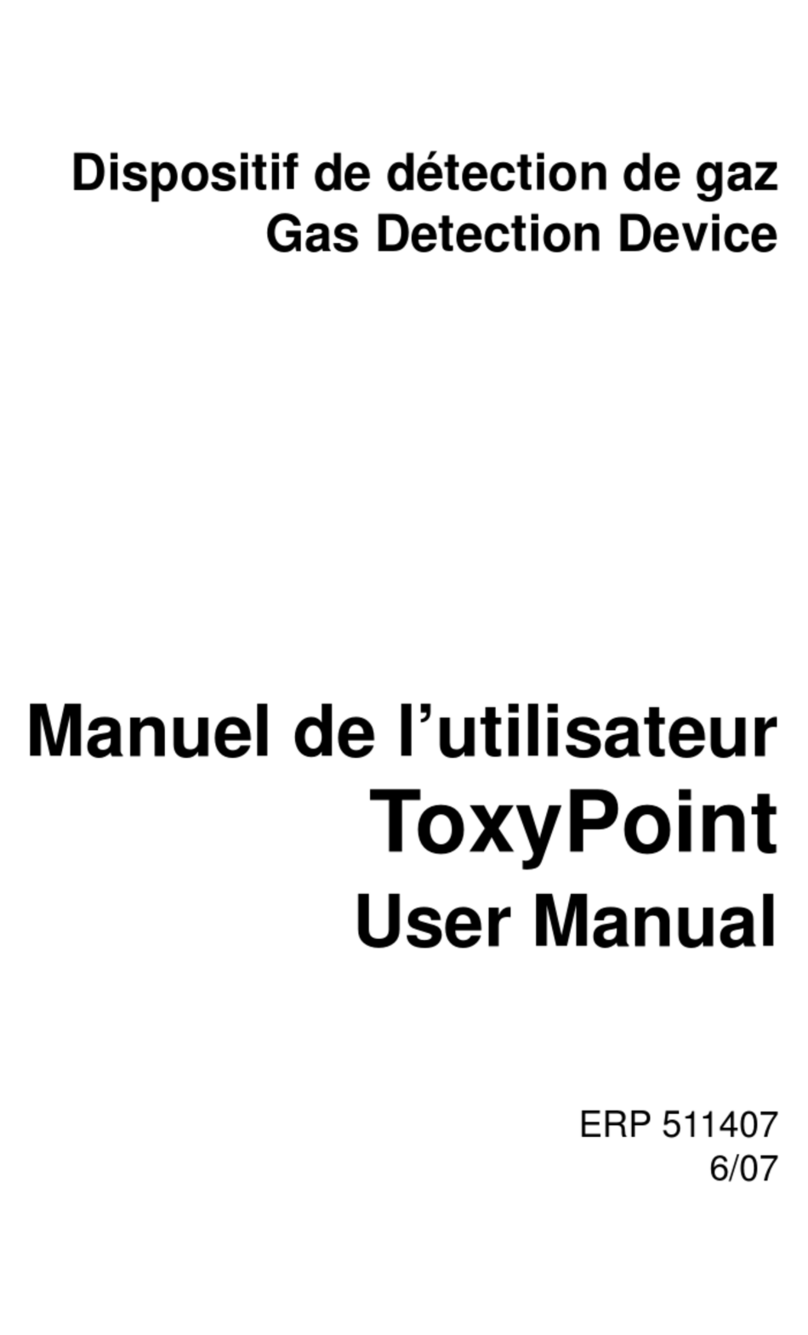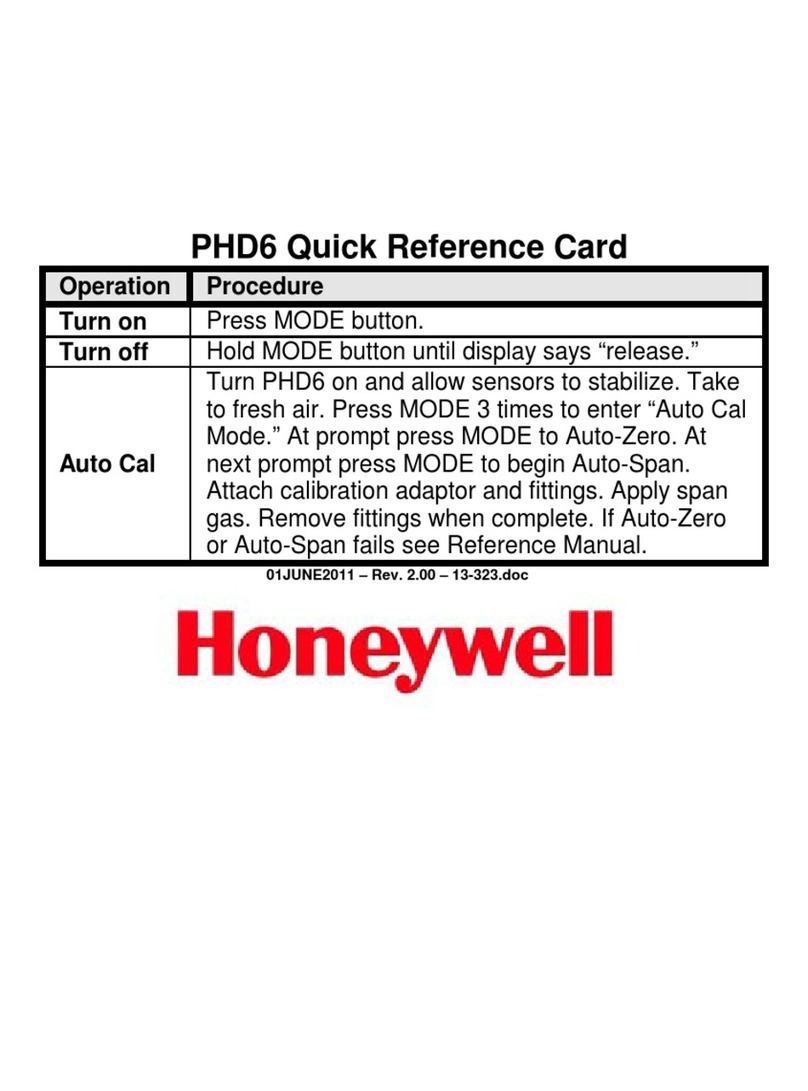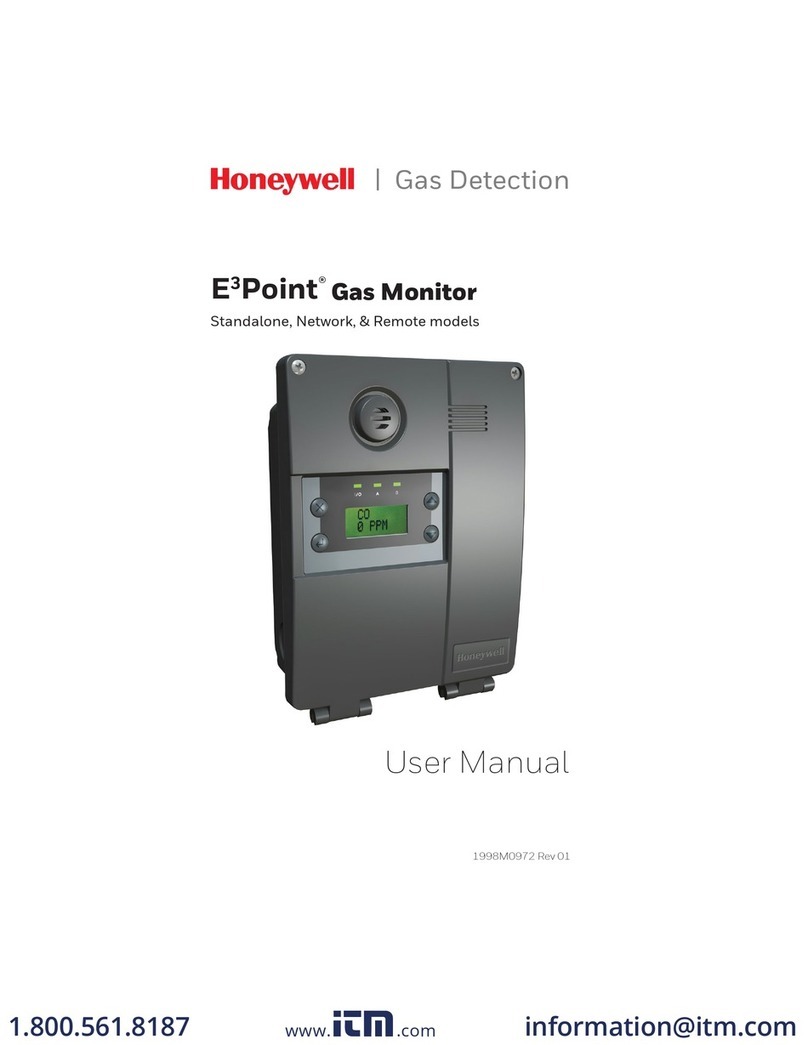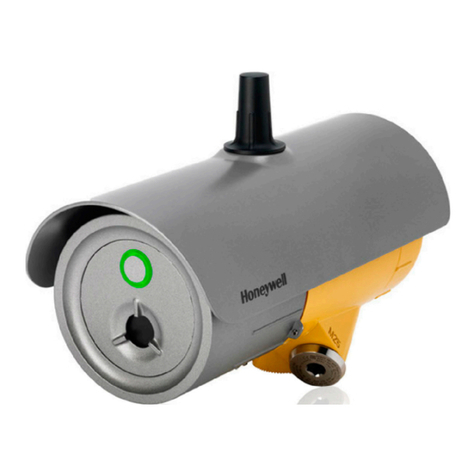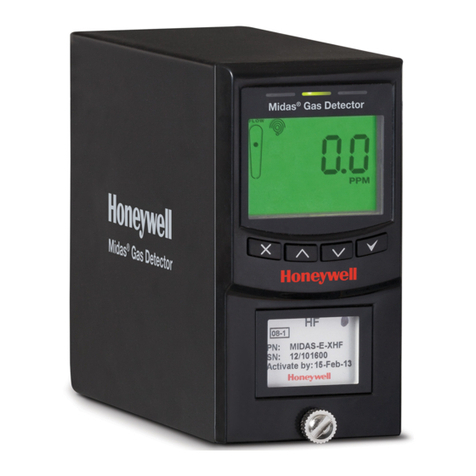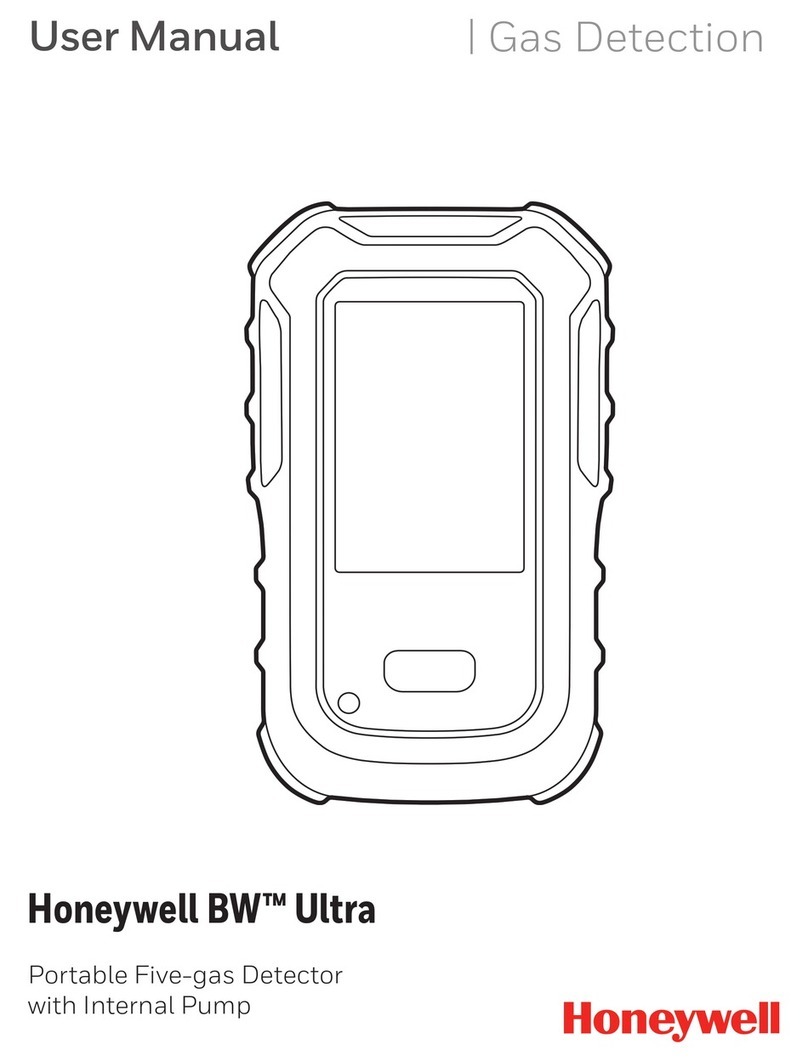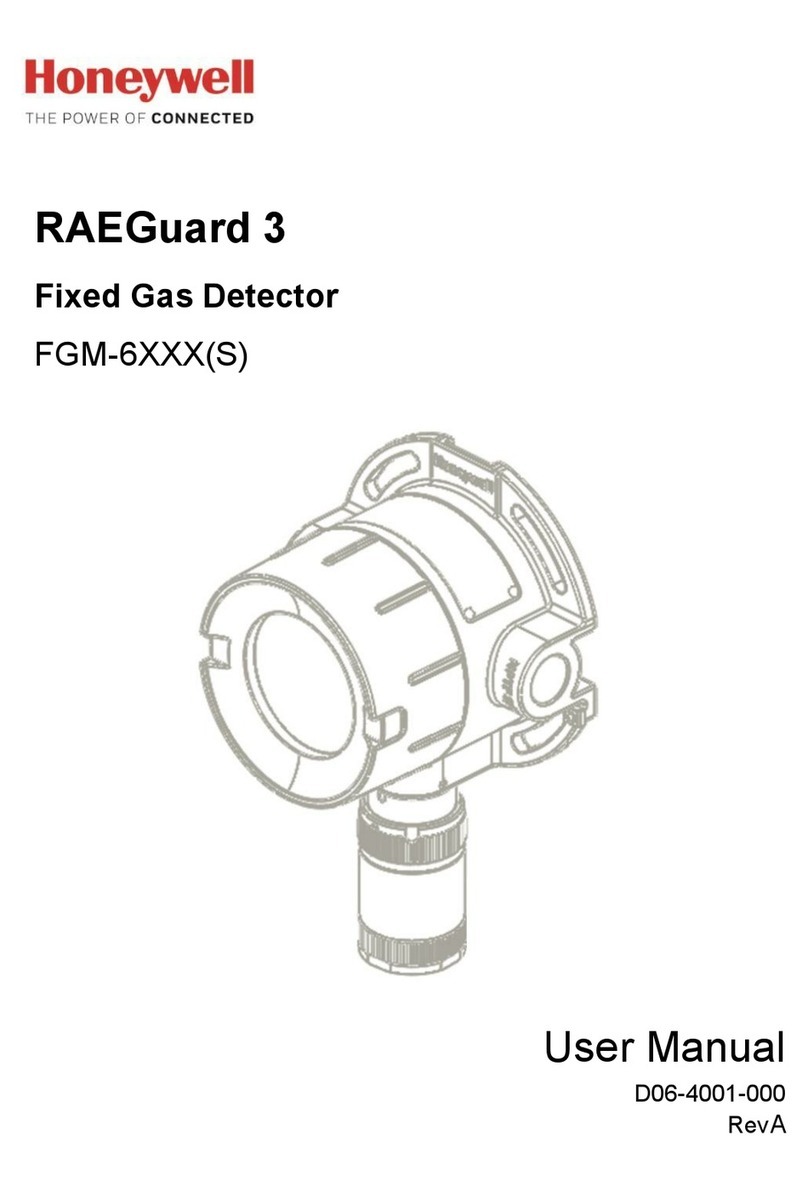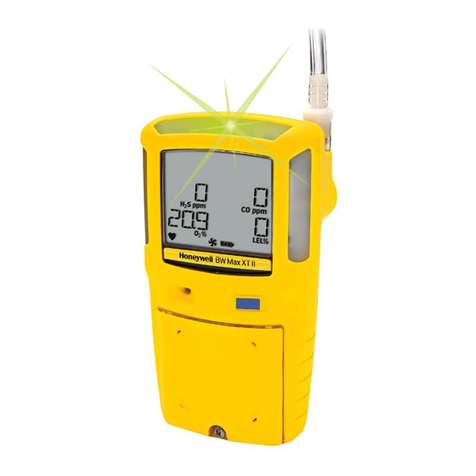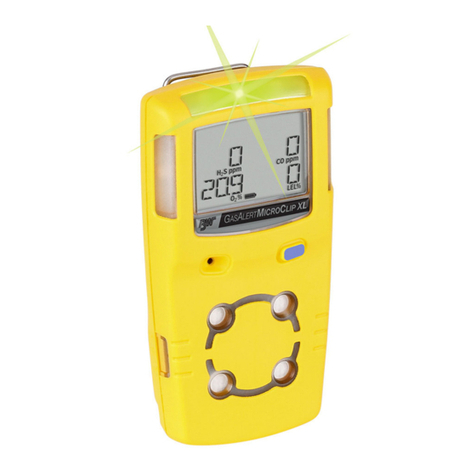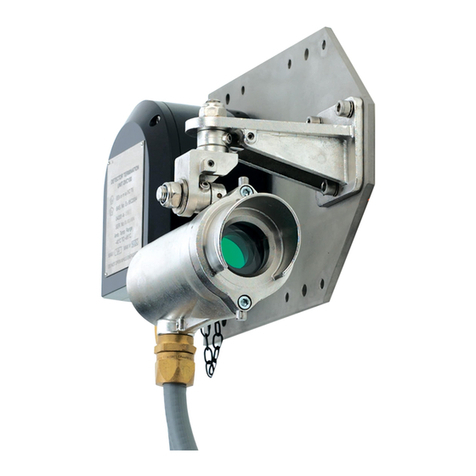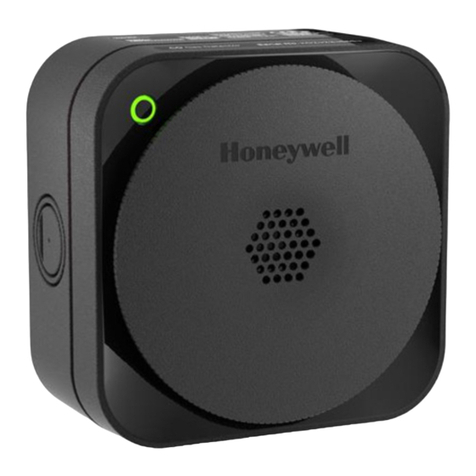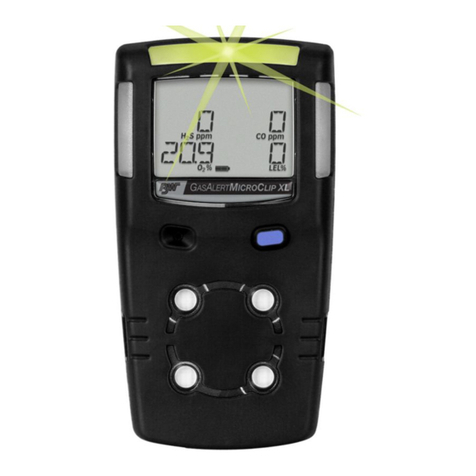
103 Overview and Introduction
Searchzone Sonik − Technical ManualPN 2331M1220 Issue 1 11/2018
3 Overview and Introduction
3.1Description of Product
The Searchzone Sonik is an advanced ultrasonic gas leak detector for use in hazardous areas. It detects high pressure gas leaks within
the protection area, in order to provide an early alert to a hazard. While the Searchzone Sonik does not indicate the type of gas, it will
respond to any high pressure gas leak within the coverage area and so will protect against the release of dangerous gases, whether they
be toxic or flammable.
With conventional gas detectors, the escaping gas has to reach the detection point or line between a transmitter/receiver pair. The
Searchzone Sonik ultrasonic gas leak detector recognizes sound emitted by the leak from a distance, without the released gas having to
reach the detector.
3.2Description of Function
The Searchzone Sonik detects pressurised gas leaks by sensing the airborne acoustic ultrasonic sound pressure wave and signature
produced by the escaping gas. The detection method uses a robust patented piezo-based sensor which will function in extreme weather
conditions, on and offshore. With no moving parts and no sensor cover required, the Searchzone Sonik can withstand adverse conditions
including pressure wash-down. The detector does not require field calibration, only periodic bump testing, which can be accomplished
from ground level. Interfacing for set-up, commissioning and maintenance can be achieved wirelessly using the Searchzone Sonik App,
running on a suitable Bluetooth-enabled mobile device.
3.3Applications
The Searchzone Sonik detector is ideal for detecting gas leaks from units such as metering skids, compressors, pumps, valves and
pipework flanges in complex and congested distribution, process and transmission systems.
3.4Sensor Technology Description
The Searchzone Sonik detector employs an advanced ultrasonic sensor module that is robust and reliable even in harsh environmental
and operational conditions. The sensor module has a very long life in these adverse conditions and does not require field calibration.
The sensor detects the ultrasonic sound pressure waves, which are longitudinal vibrations that propagate through the air. Upon entering
the sensor structure, the sound pressure waves create a voltage across the transducer, which is then amplified and processed using
advanced detection algorithms. The patented piezo-based ultrasonic sensor module is robust with minimal failure modes.
3.5Environmental Factors
The leak detection range is limited by the atmospheric absorption of the ultrasound. This absorption increases with frequency. The
Searchzone Sonik will detect specified gas leaks typically up to 20m in all conditions. Background noise levels also have an effect
on the detection range. Process equipment which generates ultrasonic noise will need to be considered when setting the detection
thresholds of the detector, which can cater for high, medium and low levels of background noise. The detection range of the detector will
be maximal at lower levels of background ultrasonic noise. Typical sources of background noise include rotating machinery, clanking
chains, steam whistles and other steam release mechanisms, air horns as well as intentional gas releases.
Note
Ice build-up on the face of the sensor will cause an increase in sensitivity, which may lead to an increase in nuisance alarms. When
mounting in locations where ice build-up is likely, take necessary precautions in protecting the unit against such build-up and/or setting
of alarm levels.
3.5.1Introduction to Background Noise and Interference
The frequency of the noise being produced by the source will also have a bearing on the measurement range since the attenuation
co-efficient of sound in air increases with frequency. This not only affects the sound pattern generated by a gas leak but also that
generated by other sources of ultrasonic noise and they differ. The Searchzone Sonik detection is optimized to detect gas leaks in real

